Theories of Growth
It can be defined as an increase or improvement in the inflation-adjusted market value of goods and services produced by an economy over a given period of time.
Economic growth is an increase or improvement in the inflation-adjusted market value of goods and services produced by an economy over a given period.
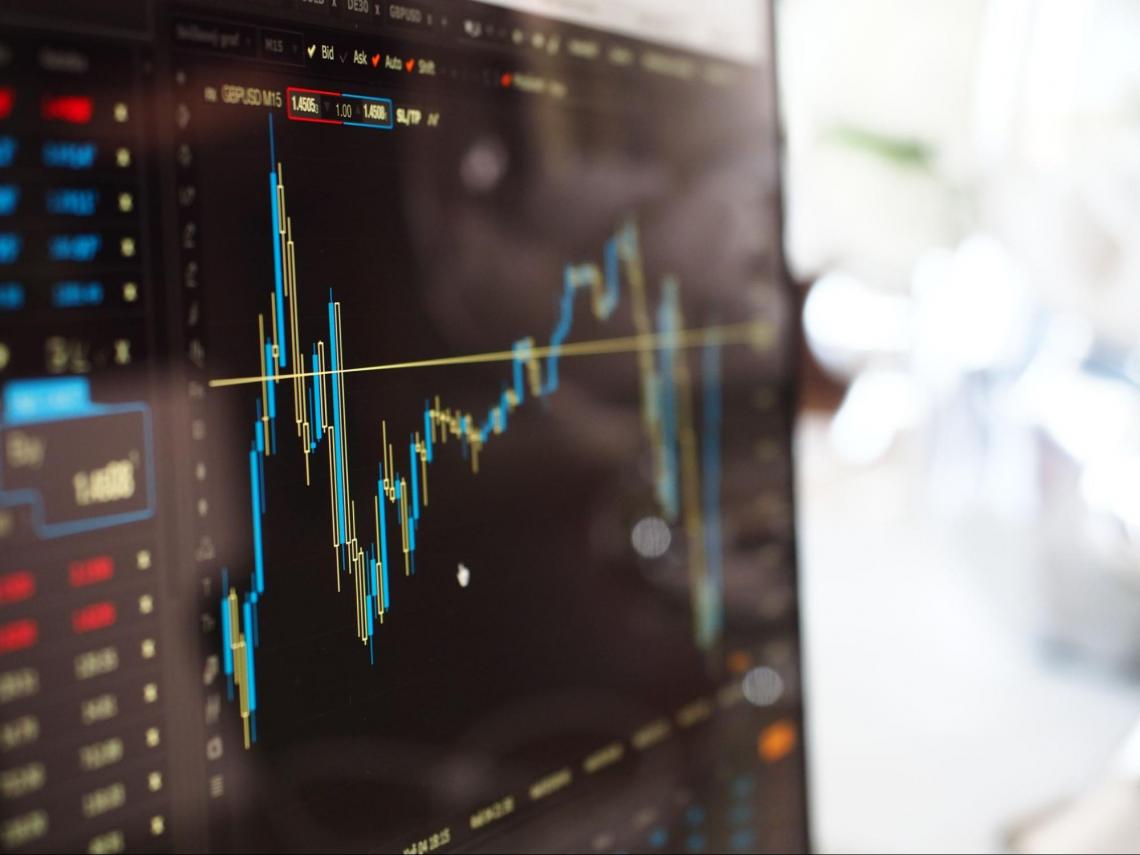
Traditionally, statisticians measure growth as a percentage increase in gross domestic product, or real GDP. In addition, growth is usually measured in real terms, that is, on inflation-adjusted terms - to remove the distorting effects of inflation on the prices of manufactured goods.
Economic growth is measured using national income accounting. It has all the advantages and disadvantages this measure has.
Countries' economic growth rates are often compared using the ratio of GDP to population (income per capita), which is a more apples-to-ecosystem comparison.
The economic growth rate is the GDP's geometric mean annual growth rate between the first and last year in a given period. This growth rate represents the trend of average GDP over the period and ignores any fluctuations in GDP around this trend.
Growth in depth is an increase in economic growth resulting from more efficient use of inputs (increasing labor productivity, physical capital, energy, or raw materials).
Broad-based growth caused only by increased usable inputs (e.g., population growth or new territory) is considered soft-base growth.
Factors Affecting Growth Rate
The causes of growth are largely straightforward. Thus, nations can map out a clear path for growth if they so desire. But most people can't!
This is so because internal economic growth is required. Therefore, people want to advance at each other's expense in most nations.
Economic policies are based not on what is best for the economy but on what is best for a particular group of people who can influence that policy.
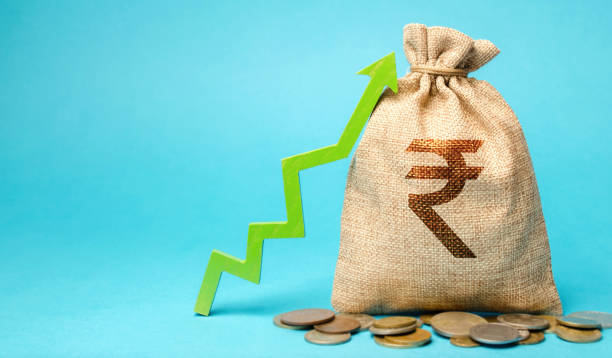
Most often, the conflict between those who have rights and those who do not inhibit a cooperative approach that would benefit all parties.
Numerous powerful economic empires have risen and fallen throughout history. Therefore, it is safe to say that we have access to sufficient empirical data to understand the factors that influence economic growth.
Let us examine some of the main drivers of economic expansion.
Human Resources
A nation's degree of human capital is often given significant weight in theoretical and empirical evaluations of economic growth. Human capital is defined as the skills of the population or the workforce.
It has been included in both neoclassical and endogenous growth models.
A country's school attainment level (average years) is the most commonly used measure. However, Eric Hanushek and Dennis Kimko found that measures of human capital were closely related to economic growth.

Other academics have expanded this approach to see whether the association is causal. For example, they demonstrate how the cognitive abilities of pupils can be used to explain why East Asia is growing quickly while Latin America is growing slowly.
A nation's human resources can be a boon or a curse depending on how they are used. Take, for example, the case of a country like India. The population is amazing, and a large part of it is of working age.
In addition, most of them have a good education and professional skills. This has catapulted a poor country like India to become one of the fastest-growing economies in the world quickly.
The human resources that have made India an IT superpower can also lead to large-scale crime if people are not educated! Any country that wishes to advance economically must ensure its residents have access to high-quality education at reasonable costs.
Natural Resources
Natural resources are resources produced by nature above or below ground. Land resources include vegetation, water resources, and landscapes. Subsurface or underground resources include petroleum, natural gas, metals, non-metals, and minerals.
A country's natural resources depend on climate and environmental conditions. Therefore, countries with a lot of natural resources enjoy better growth than countries with few natural resources.

The effective use or exploitation of natural resources depends on the skills and capabilities of human resources, the technology used, and the availability of capital.
A nation with a highly educated and talented labor force and a wealth of natural resources will place its economy on a growth path.
The developed nations of the United States, the United Kingdom, Germany, and France are the best examples of such economies.
However, certain nations, like Saudi Arabia, have low levels of natural resources but high levels of per capita wealth. As a result, some nations' economic growth rates are relatively high.
Similarly, Japan has a rapid growth rate due to its effective human resources and cutting-edge technology.
Technology
Technology has always played a central role in economic growth. The Industrial Revolution began with advances in technology. Humanity has never looked back since then. Only the applications of the technology have changed over the years.

Technology drives jobs and business growth, from manufacturing to services to social media. This is why the countries that have built technological feats develop much faster than others.
Take the case of Germany. The country was destroyed twice in two world wars. However, the country's economy is much more developed than the European economies, which have not experienced much instability.
Analysts have concluded that this success is due to Germany's focus on developing this technology.
Political Factors
Political factors that tend to have a significant impact on economic development include:
1. Regime type
The type of regime is the form of government within a country. This includes whether a country is democratic, authoritarian, communist, or otherwise. Regime type affects policies that affect private and public economic development.

For example, in a democratic country, people can get a small business loan and start their own business. Then, the company can grow exponentially and pay employees at different rates depending on their work.
However, in a communist country, strict regulations such as equal pay for all employees at the same level can affect business operations and prevent growth that accelerates development.
2. Political Stability
Political stability or instability refers to the reliability and durability of government structures. The more stable a political system is, the less risky a company operates in that country.
Countries with a high risk of terrorism or internal conflict are less stable. This makes opening and operating a business expensive and risky in the region.
When a country goes to war, business goes down, which can affect the quality of that country's exchange rate or the value of its currency relative to other countries.
Therefore, less stable systems are less likely to increase economic development because they are risky to operate.
3. Political Management
Political management is how the government monitors and enforces national and international policies or laws. For example, countries, where copyright and piracy laws are not enforced are usually less desirable for businesses.

Non-compliance with copyright laws or piracy means that a business may not earn money, and as a result, this increases the risk of operating in the area.
For example, a business that wants to sell music may change its mind because it will not be profitable. People will download free music illegally.
4. Degree of Corruption
The degree of corruption determines the extent to which dishonest, unethical, and illegal practices are perpetrated against people and businesses operating in an area.
Corruption can include bribing politicians, bribing local businesses for raw materials, or paying to prevent competitors from entering the market. Imagine a company paying the government to block a competitor.
This prevents further economic development and can lead to monopolies that make services too expensive.
Growth Theories
According to economic growth theory, economists have explained economic factors and their impact on economic growth.
The development of theories of economic growth can be taken from Adam Smith's book, The Wealth of Nations. In his book, he emphasized the idea that the growth of an economy depends on the division of labor.

Later, the view expressed by Smith was followed by classical economists such as Ricardo, Malthus, and Mill. The theory developed by these economists is known as the classical theory of economic growth.
In addition, in the late 19th and 20th centuries, Karl Marx presented a theory known as the historical growth theory, and Schumpeter developed a growth theory of technological innovations.
Finally, in the late 1930s, RF Harrod and E. Domar presented a more relevant theory of economic growth known as the Harrod-Domar theory. Later, the neoclassical theory of economic growth was also put forward.
Let's discuss the popular theories of economic growth in the following sections.
Classical Theory
The classical theory of growth was developed during the Industrial Revolution in Britain. The analysis of the economic growth process was central to these classical economists' interests.
Classical economists sought to explain the general forces affecting economic growth and the underlying mechanisms of the growth process. The division of labor, income from trade, and capital accumulation are the main engines of economic growth.
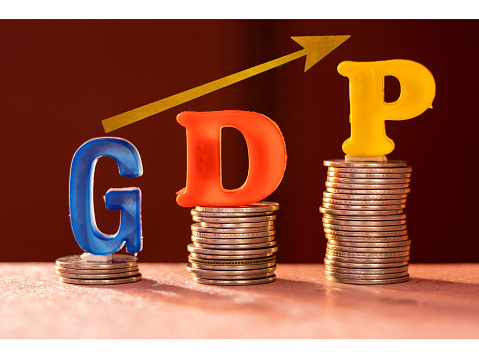
Effective investment and profit reinvestment are the mechanisms that produce continuous economic growth, so the change in the rate of return is a decisive reference point for analyzing the long-term development of the economy.
They argue that the initiative of the individual, under conditions of free competition for the promotion of individual ends, will produce results beneficial to society as a whole. Their findings supported free trade, respect for private property, and free individual enterprise.
Meanwhile, conflicting economic interests can be reconciled by the play of competitive market forces and the limited activity of responsible government. The ideas of these economists differed from the earlier economic thought.

Their criticism of the feudal society that preceded them was based on the assumption that, among other things, a large part of the social product was not properly invested but consumed by the ruling class.
They followed the French physicians in studying the economic state of a nation as a whole, in contrast to the mercantilism that emphasized hoarding gold for the king.
They separate themselves from the Scientists by focusing on and celebrating industry and capital accumulation as a source of economic prosperity.
Neoclassical Growth Model
This model assumes that there is a diminishing return on capital and labor. This is because wealth accumulates through investment, but its level or stock continuously decreases due to devaluation.
As the rate of return to capital declines, with an increase in capital/labor and a lack of technological progress, economic output/labor reaches a point where capital per worker and economic output/ labor is constant because annual capital investment equals yearly depreciation. This condition is called the "steady state."
In the Solow-Swan Model, if productivity increases due to technological progress, output/worker increases even when the economy is steady. If productivity increases constantly, output/worker also increases at the relevant steady-state rate.
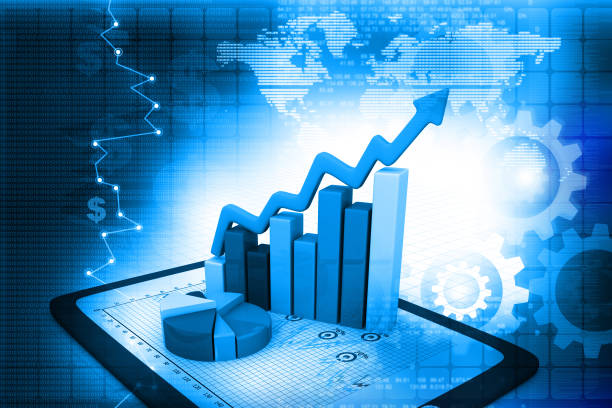
Thus, model growth can occur by increasing the share of GDP invested or through technological progress.
But regardless of the share of GDP invested, the capital/labor ratio eventually converges to equilibrium, leaving the output/labor growth rate determined solely by the rate of technological progress.
As a result, with global technology available to everyone and progressing steadily, all countries experience the same steady growth rates.
Each country has a different level of GDP/labor determined by the share of GDP it invests in, but all countries have the same economic growth rates.
According to this paradigm, wealthy nations have long-term investments that account for a significant amount of their GDP. Rich nations can emerge from poverty by increasing their investment as a percentage of GDP.
Conditional convergence, the assumption that poor countries will grow faster and catch up with affluent countries as long as they have similar investment (and savings) rates and access to the same technology, is a key prediction of the model mostly supported by the data.
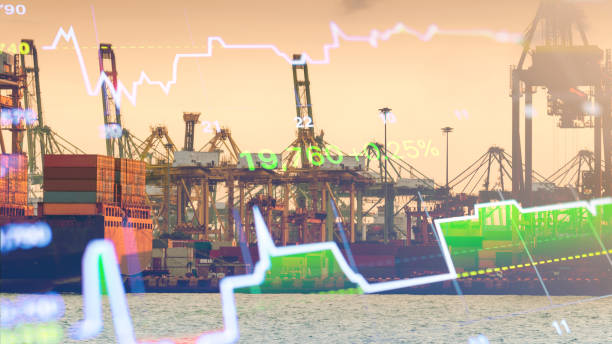
Because it does not explain why nations spend varying shares of capital in GDP or why technology develops over time, the Solow-Swan model is termed an "exogenous" growth model.
On the other hand, the pace of investment and the rate of technical growth are exogenous. When these two rates are identified, the model's utility is that it forecasts the pattern of economic growth.
One of its limitations is the inability to explain the factors determining these rates.
Endogenous Growth Theory
In the 1980s, economists worked to "endogenize" (i.e., explain productivity growth from within) the models of growth they had used to explain society's economic and social development.
The 'endogenous' growth proposition was most especially advanced by Robert Lucas, Jr. and Paul Romer.

This model also incorporated a new conception of mortal capital, the chops and knowledge that make workers productive. Unlike physical capital, mortal capital has adding rates of return.
Exploration in this area has concentrated on what increases mortal capital (e.g., education) or technological change (e.g., invention).
Russian economist Vladimir Pokrovskii proposed the volume proposition of endogenous productivity growth.
The proposition explains growth as a consequence of the dynamics of three factors, among them technological characteristics of product outfit, without any arbitrary parameters, which makes it possible to reproduce literal rates of profitable growth.
Romer, Krugman, Barro, and Becker were in attendance, along with numerous other rising stars and high-penciled economists. But, amongst numerous papers that day, the bone that stood out was Romer's " Micro Foundations for Aggregate Technological Change."

The Micro Foundation claimed that endogenous technological change had the conception of Intellectual Property bedded and that knowledge is input and affair of product.
Romer argues that the outgrowth of a country's growth is significantly told by public policy, business practices, and intellectual property.
He points out that capital accumulation and specialization are essential and that population growth can increase intellectual and mortal capital, especially training to gather new ideas.
A branch of the endogenous growth proposition has developed based on the Schumpeterian proposition, named after 20th- century Austrian economist Joseph Schumpeter.
On the creative side, entrepreneurs introduce new products or processes in the stopgap that they will profit from temporary monopoly gains by landing the request. But unfortunately, in doing so, they render old technologies or products obsolete.
Importance of Long-Term Growth
In the long run, low growth rates, similar to 2 periodic increases, have big goods. For illustration, the United Kingdom recorded an average periodic increase of 1.97 in affectation-acclimated GDP between 1830 and 2008.
In 1830, GDP was 41,373 million pounds. It grew to 1,330,088 million pounds in 2008. An average growth rate of 1.97 178 years resulted in a 32-fold increase in GDP in 2008. The large impact of fairly low growth rates over a long period is due to the power of exponential growth.
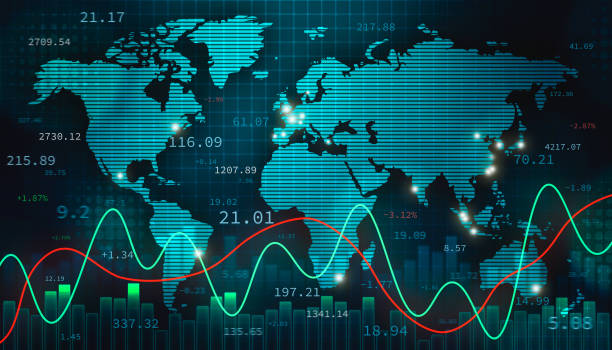
The Rule of 72, a fine result, states that if a commodity grows at a rate of x per time, its magnitude will double every 72/ x time.
A growth rate of 2.5% per year, for instance, results in a doubling of GDP in 28.8 years, whereas a growth rate of 8% per year gives rise to a doubling of GDP in nine years.
Therefore, a small difference in profitable growth rates between countries can lead to veritably different norms of living for their populations if this small difference continues numerous times.
- Life Quality
One proposition that links profitable growth to the quality of life is the " threshold thesis," which states that profitable growth reaches a point where it leads to an increase in quality of life.
But at this point (known as the threshold), fresh profitable growth can lead to a decline in quality of life. This results in an inverted U-shaped wind, where the top of the wind represents growth that needs to be targeted.
Happiness has been shown to increase with GDP per capita, at least up to a position of $15,000 per person. Moreover, profitable growth has the circular eventuality to palliate poverty due to a contemporary increase in employment openings and labor productivity.
A study by experimenters at the Overseas Development Institute (ODI) of 2 countries that endured growth stated that in 18 cases, poverty was soothed.
In some cases, quality of life factors similar to healthcare issues, educational attainment, and social and political liberties don't ameliorate as profitable growth occurs.
Productivity increases don't always lead to increased stipends, as seen in the United States, where the gap between productivity and stipend has been rising since the 1980s.

- Equitable growth
While admitting the central part profitable growth can potentially play in mortal development and poverty reduction, it's getting extensively understood amongst the development community that special sweets must be made to ensure poorer sections of society are suitable to share in profitable growth.
The effect of profitable growth on poverty reduction – the growth plainness of poverty – can depend on the position of inequality.
For example, with low inequality, a country with a growth rate of 2 per head and 0% of its population living in poverty can halve poverty by ten times. Still, a country with high inequality would take nearly 60 times to achieve the same reduction.
Possibility of Infinite Economic Growth
Eco Economics criticizes the possibility of unlimited economic growth. Current economic models suggest that the economy can continuously grow like a machine in constant motion. However, according to the laws of thermodynamics, machines in perpetual motion do not exist.
The first laws say that matter and energy can neither be created nor destroyed, and the second states that matter and energy go from a useful low entropy state to a state of useful entropy. Higher entropy states are less useful.
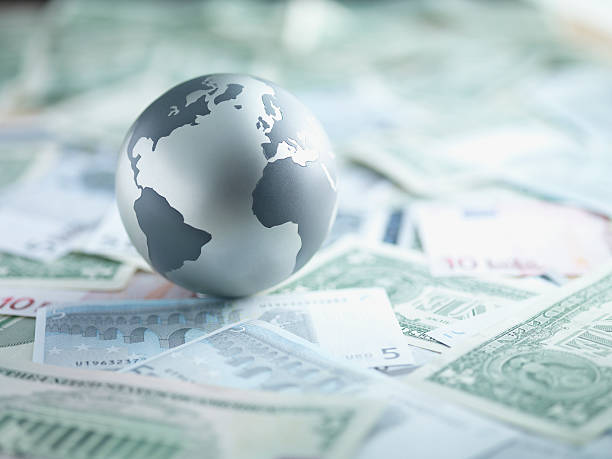
Therefore, no system can continue without a new energy stream from high entropy waste. Just as no animal can live off its waste, no economy can recycle the waste it produces without a new source of energy to reproduce.
Low-entropy natural capital, such as solar energy, oil wells, fishing, and mining, is how matter and energy enter the economy. Households and businesses employ these resources and energy to produce goods and riches.
Energy and matter depart the economy once the raw ingredients are used up and turn into high-entropy garbage that is no longer useful to the economy.
Economic systems draw their energy from the environment's natural resources, and the economy's bigger ecology must take care of its trash.

It cannot be ignored that the economy inherently requires natural resources, and the generation of waste must be absorbed in one way or another. An economy can only continue to function if it has the matter, energy to fuel it, and the ability to absorb the waste it generates.
This matter and its low entropy energy and ability to absorb waste exist in a finite amount. So there is a finite number of fluxes and flows that the environment can handle, implying a permanent limit to the economy's movement and, therefore, growth.
- The neoclassical growth model explains that total production is a function of economic growth of production, capital, labor, and technological progress factors.
- The growth rate of total output at equilibrium is equal to the growth rate of the population or labor force and is never influenced by the saving rate.
- Although the saving rate does not affect the steady-state growth rate of total output, it increases per capita income in a steady state and, therefore, total income so, because it increases total capital per capita.
- In the long run, an economy's growth rate is determined solely by technological progress or regression.
- Government policies can accelerate economic growth if they aim to increase competition in the market and stimulate innovation in products and processes.
- Capital investments in "knowledge industries" such as education, healthcare, and telecommunications show increasing returns to scale.
- The central tenet of the New Growth Theory is that competition compresses profits, forcing people to constantly look for better ways of doing things or invent new products to maximize profits.




or Want to Sign up with your social account?